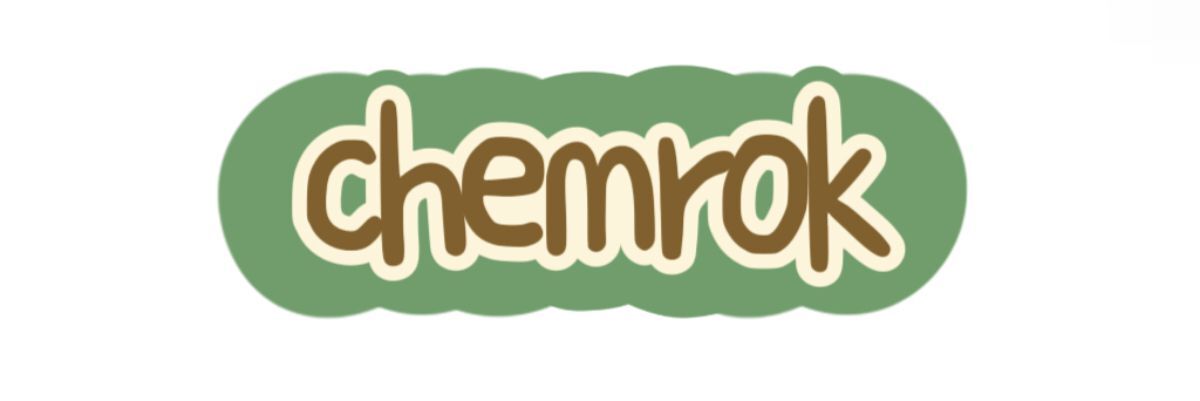Unlocking Azoic Diazo Component 5: Uses and Applications Explained
Azoic Diazo Component 5, also known by its code 37125, has emerged as a pivotal ingredient in various industries, particularly in textile and ink manufacturing. As a seasoned buyer engaged in foreign trade, understanding the nuances of sourcing this compound can provide significant competitive advantage. This article delves into its uses, applications, market trends, and considerations for purchasing Azoic Diazo Component 5.
For more information, please visit Azoic Diazo Component 5 (37125).
Azoic dyes, characterized by their vivid colors and stability, are widely used in the textile industry. Azoic Diazo Component 5 plays a crucial role in the production of these dyes. Specifically, it is used as a coupling agent in dye formulations for achieving a wide range of shades, from bright fluorescents to more muted tones. The unique chemical properties of Azoic Diazo Component 5 enable it to form stable linkages with diazo salts, leading to the formation of highly effective dye compositions.
In addition to textiles, Azoic Diazo Component 5 is also utilized in the production of printing inks. With the growing demand for high-quality printing in packaging and branding, the ink industry is increasingly seeking components that enhance vibrancy and durability. Azoic Diazo Component 5 offers excellent solubility and can be formulated into different ink types, including solvent-based and water-based inks. As both industries continue to expand, the demand for this compound is likely to rise, leading to increased opportunities for suppliers.
The current market for Azoic Diazo Component 5 shows promising trends. As sustainability becomes a global priority, manufacturers are adapting their processes to minimize waste and reduce environmental impact. Azoic dyes, including those made with Azoic Diazo Component 5, are often favored because they can be produced via processes that generate less byproduct compared to other dyeing methods. Furthermore, their high affinity for natural fibers ensures that less dye is needed during processing, making it an appealing choice for eco-conscious companies.
When sourcing Azoic Diazo Component 5, buyers face several important considerations. Firstly, the purity and quality of the chemical should be a top priority. To ensure the dye achieves the desired performance characteristics, it is essential to work with reliable suppliers who provide detailed specifications and quality assurance documentation. This is particularly important in industries like textiles, where color fastness and consistency are non-negotiable factors.
Additionally, buyers must be aware of regulatory compliance and safety standards associated with chemical substances. Azoic dyes have faced scrutiny in various markets due to environmental and health concerns, particularly relating to their potential for releasing harmful substances. Ensuring that the suppliers meet all local and international regulations, such as REACH in Europe or TSCA in the United States, is vital to avoid legal repercussions and safeguard the brand's reputation.
Logistical considerations are also critical in the purchasing process. Given that Azoic Diazo Component 5 is often imported, understanding the intricacies of international trade, including customs clearance, tariffs, and shipping conditions, is necessary. Establishing a strong relationship with logistics partners can streamline the process and reduce the risk of delays, which is particularly important in fast-paced manufacturing environments.
Pricing trends for Azoic Diazo Component 5 can vary based on factors such as raw material availability, production costs, and geopolitical conditions. Buyers should stay informed about market fluctuations and seek bulk purchasing arrangements when feasible. Creating partnerships with multiple suppliers can also provide leverage in negotiating better rates while ensuring a steady supply of this essential component.
In conclusion, Azoic Diazo Component 5 (37125) is an indispensable ingredient in both the textile and ink industries, with its applications continuing to expand as technology and market demands evolve. By focusing on quality, compliance, and strategic sourcing practices, buyers can effectively navigate the complexities of purchasing this important chemical while positioning themselves favorably in the competitive global market. As trends toward sustainability and quality persist, the relevance of Azoic Diazo Component 5 is expected to grow, making it a crucial compound for industry stakeholders to consider.
If you are looking for more details, kindly visit Sulphur Yellow 2.


